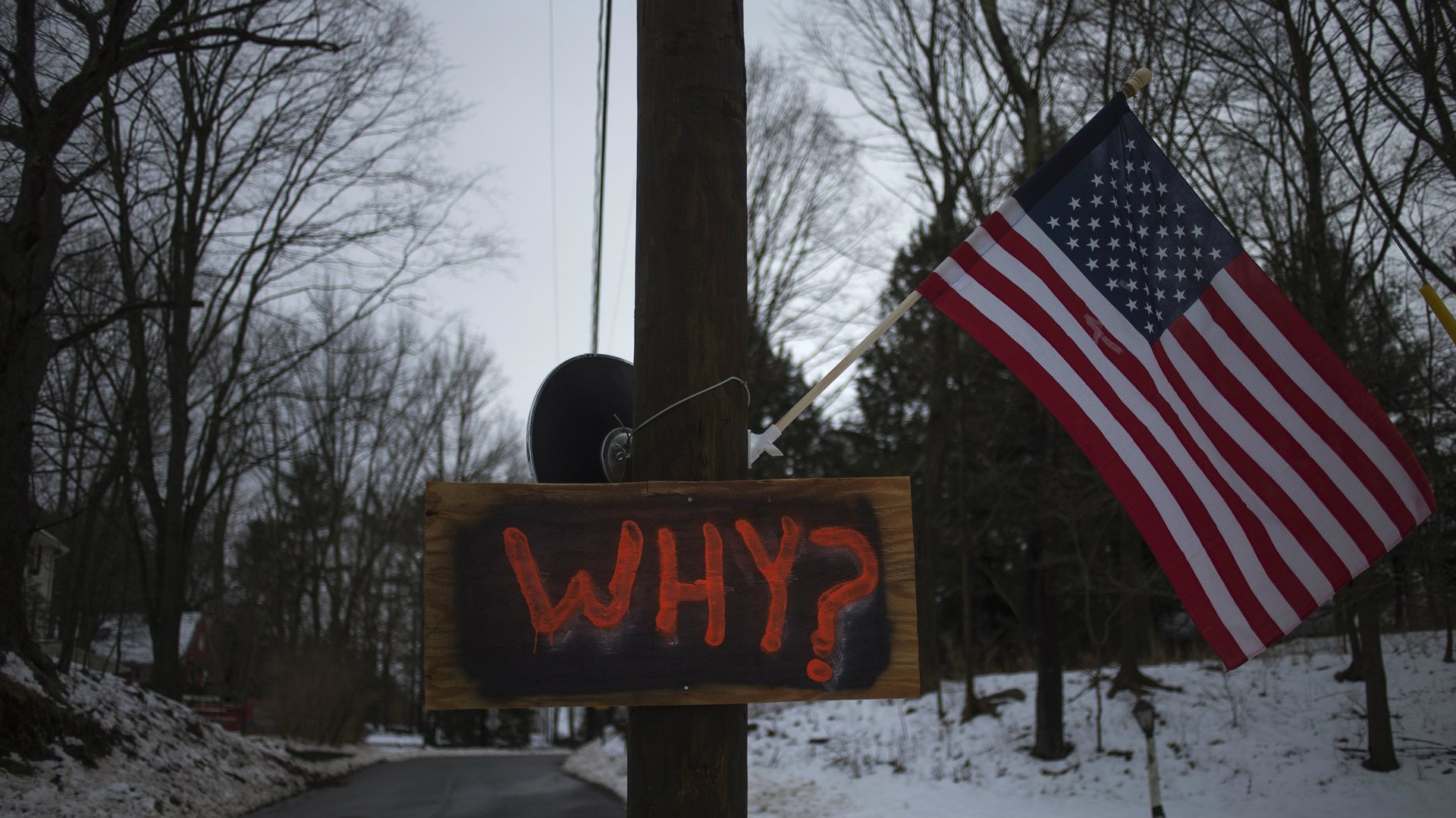We’d know a lot more about gun violence if the US government would lift its ban on funding research
It’s clear that the United States has a problem with guns. But our understanding of the 372 mass shootings that took place last year alone—including risk factors, prevention tactics, and potential policy implications—has been massively stunted by a lack of federal funding for research into gun violence.


It’s clear that the United States has a problem with guns. But our understanding of the 372 mass shootings that took place last year alone—including risk factors, prevention tactics, and potential policy implications—has been massively stunted by a lack of federal funding for research into gun violence.
Last year, under the influence of the National Rifle Association (NRA), Congress once again denied funding for gun research just days after the Charleston church shooting. The US House of Representatives Appropriations Committee rejected a proposal that would fund research from the Centers for Disease Control and Prevention (CDC) into the underlying causes of gun violence.
“I’m sorry, but a gun is not a disease,” then-House Speaker John Boehner said at a press conference. “Guns don’t kill people—people do.”
It hasn’t always been this way. In the early 1990s, the CDC did fund research on gun violence. Fred Rivara, a professor of pediatrics and epidemiology at the University of Washington, received some of that funding. He co-authored a paper (PDF) that established that keeping a gun in the home increased the risk of homicide by threefold.
Following the paper, the NRA successfully lobbied to introduce an amendment that prevents CDC from using its funding to “advocate or promote gun control.” Congress also eliminated the CDC’s $2.6 million budget earmarked for gun violence research.
Rivara’s co-author Arthur Kellerman wrote in a 2012 article for the Journal of the American Medical Association that, “Precisely what was or was not permitted under the clause was unclear. But no federal employee was willing to risk his or her career or the agency’s funding to find out.”
Although the ban was never clear-cut, it has calcified into policy. Mark Rosenberg, former director of the CDC’s National Center for Injury Control and Prevention, told the Atlanta Journal-Constitution in 2012, “The scientific community has been terrorized by the NRA.”
The CDC is so afraid of reprisal it even refused a 2013 executive order from president Barack Obama to research the causes of gun violence unless it received specific funding. Congress has repeatedly denied the bills that would allocate such funds.
In April, a coalition of 141 medical organizations called on the government to restore CDC funding, saying that the ban “has had a dramatic chilling effect.”
So far, there’s no sign that Congress is inclined to change its position. But last month, finally, came some hope. California legislators approved $5 million to establish the California Firearm Violence Research Center. “It is a big step for us, frankly, and for the country to step in where Congress has failed,” said state Sen. Lois Wolk.